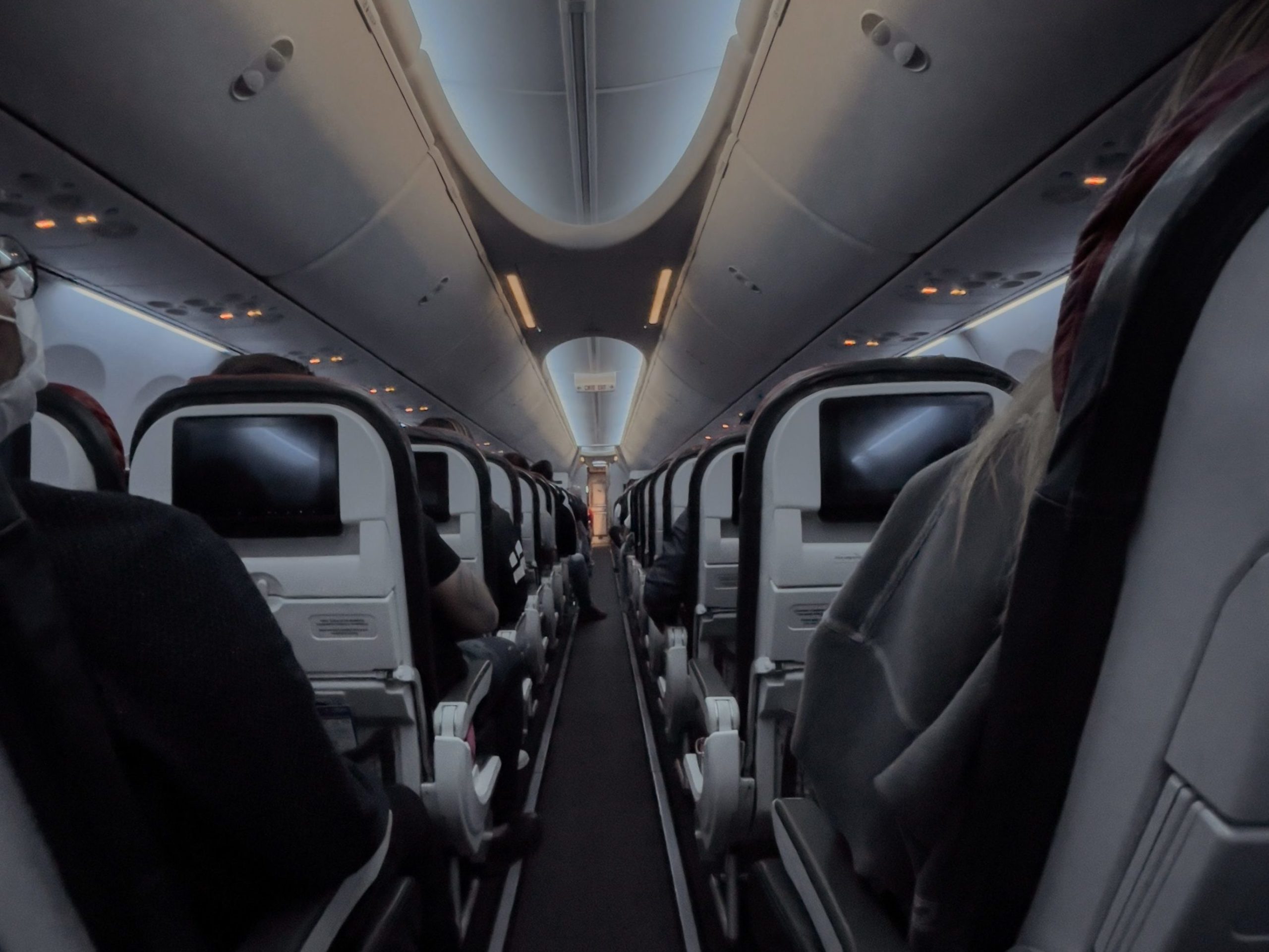APEX TECH: How the Business of IFE is Changing
Share

APEX TECH 2022 Sessions:
- Content Acquisition & Licensing; subscription-based vs title-by-title; Content Recommendation & Discovery; metadata; data analytics
- The calendar-fixed, 30-day exhibition cycle; changing exhibition windows; dynamic refresh
- Revenue generation; programmatic advertising; metadata mining
- Cloud based workflows
- Portable wireless entertainment solutions
- Edge-caching as an IFE solution
- The Integration of IFE and C: On the Road to Convergence
- What’s new in the world of codecs?
At the recently hosted APEX Tech conference, morning panelists discussed how the business of in-flight entertainment (IFE) is changing and explored the topics of content acquisition and licensing, the calendar-fixed, 30-day exhibition cycle, and revenue generation. This round-up summarizes the key discussions hosted during the APEX TECH morning sessions.
While introducing the sessions, APEX CEO Dr. Joe Leader stated that “these are going to be probably some of the most exciting years, in this decade, in inflight entertainment and connectivity history.” He attributed this to advancements in technology, including lightweight screens and new connectivity opportunities.
CEO of Star Alliance and APEX board member Jeffrey Goh, echoed these sentiments suggesting that the need to shift to more advanced onboard technologies has been amplified by the COVID-19 pandemic and the expectations of passengers to have information on demand and services at their fingertips. This shift needs to happen not only on an airline or stakeholder basis but as an ecosystem.
The first panel of the day heard panelists Vince Cruz from Paramount, Clare Josey from Spafax, Andy Rosen from Sequence Key, Eric Silverstein from West Entertainment, Andre Valera from Touch, and Jonas von Kruechten from AERQ discuss the shift from title-by-title licensing toward subscription-based licensing and the move towards smart content.
The consensus from the panelists was that the content distribution business model needs to change. While content providers, including Paramount, are open to various types of deals, subscription-based offerings are a good current solution but may present long-term challenges. Jonas von Kruechten from AERQ stated that it comes down to “what is necessary in order to facilitate a recommended content set? What can we put in front of the passengers on a much shorter timeframe than what we see today?” The key is working with providers to make content easily “discoverable.”
The point was made that replicating Netflix in the way content is distributed is not ideal as Netflix is currently facing challenges in its model. So how can content providers adjust so as not to hit the same barriers? Moderator Michael Childers from Lufthansa Systems suggests that one of the ways to avoid this is by mining significant data from consumers to have an opportunity to provide better content recommendations, personalized passenger experience and increased passenger engagement.
Consumers are used to accessing content quickly in the current entertainment ecosystem, with the theatrical window going from 45 to 90 days, prior to home entertainment, to a much faster release now. IFE is now behind that, so how can the industry shorten the time frame to offer content to passengers in a shorter time frame?
There are multiple challenges involved with shortening the release time frame. Firstly, in order to release a film in a shorter time, it has to be paired down with no edits, no languages, and has to keep the original aspect ratio. This challenge can be addressed by automating the workflow, including localization assets and language tagging, using cloud technologies. Additionally, addressing the delivery of languages is key in shortening the delivery time since, currently, languages need to be packaged with a video file and when new requests come in, the video file needs to be redelivered.
The last link in the supply chain presents the biggest challenge, getting the content onboard. This step is currently hindered by the connectivity available onboard. It is not currently possible to get one terabyte or more data onboard using aircraft connectivity. This challenge can be addressed through something similar to the paid preview paradigm, where the consumer requests a specific title. In IFE, this would reflect in the provider marking a specific piece of content as priority number one and then sending it via cloud-based or automated workflows.
However, this solution presents its own challenge in that the demand on the connectivity system to update content in the middle of the month will impact the speed of the Wi-Fi for passengers onboard. Audience member Dan Murphy from Delta Flight Products pointed out, “there’s only a certain amount of bandwidth, you start streaming updates to content, and guess what it’s going to impact their ability to stream and do things on their phones.” Technically the technology is there to deliver content by priority, but there is give and take to streaming content updates.
While much of the technology to expedite content distribution exists today, there is significant room for innovation, quicker and better-automated workflows, and greater synergy throughout the industry. The panelists concluded that solutions for these challenges would come through a more collaborative ecosystem, likely in the next five to ten years.


